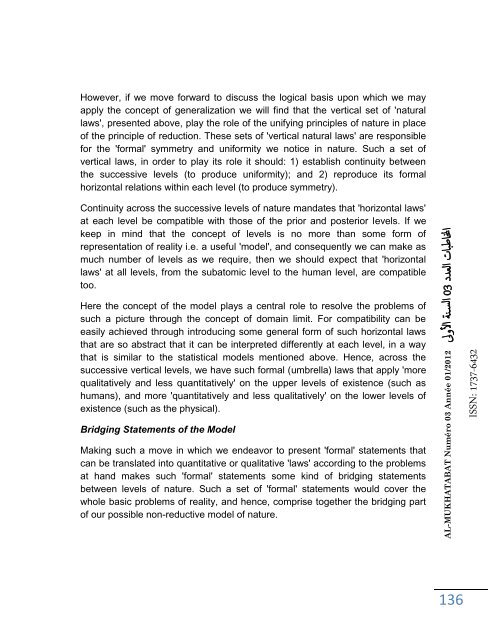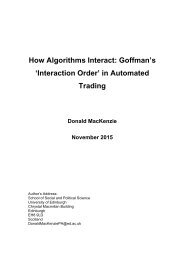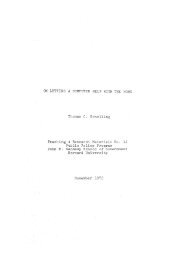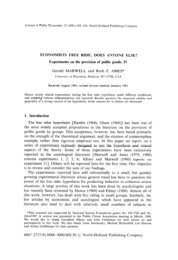n3-al-mukhatabat-journal
n3-al-mukhatabat-journal
n3-al-mukhatabat-journal
Create successful ePaper yourself
Turn your PDF publications into a flip-book with our unique Google optimized e-Paper software.
However, if we move forward to discuss the logic<strong>al</strong> basis upon which we may<br />
apply the concept of gener<strong>al</strong>ization we will find that the vertic<strong>al</strong> set of 'natur<strong>al</strong><br />
laws', presented above, play the role of the unifying principles of nature in place<br />
of the principle of reduction. These sets of 'vertic<strong>al</strong> natur<strong>al</strong> laws' are responsible<br />
for the 'form<strong>al</strong>' symmetry and uniformity we notice in nature. Such a set of<br />
vertic<strong>al</strong> laws, in order to play its role it should: 1) establish continuity between<br />
the successive levels (to produce uniformity); and 2) reproduce its form<strong>al</strong><br />
horizont<strong>al</strong> relations within each level (to produce symmetry).<br />
Continuity across the successive levels of nature mandates that 'horizont<strong>al</strong> laws'<br />
at each level be compatible with those of the prior and posterior levels. If we<br />
keep in mind that the concept of levels is no more than some form of<br />
representation of re<strong>al</strong>ity i.e. a useful 'model', and consequently we can make as<br />
much number of levels as we require, then we should expect that 'horizont<strong>al</strong><br />
laws' at <strong>al</strong>l levels, from the subatomic level to the human level, are compatible<br />
too.<br />
Here the concept of the model plays a centr<strong>al</strong> role to resolve the problems of<br />
such a picture through the concept of domain limit. For compatibility can be<br />
easily achieved through introducing some gener<strong>al</strong> form of such horizont<strong>al</strong> laws<br />
that are so abstract that it can be interpreted differently at each level, in a way<br />
that is similar to the statistic<strong>al</strong> models mentioned above. Hence, across the<br />
successive vertic<strong>al</strong> levels, we have such form<strong>al</strong> (umbrella) laws that apply 'more<br />
qu<strong>al</strong>itatively and less quantitatively' on the upper levels of existence (such as<br />
humans), and more 'quantitatively and less qu<strong>al</strong>itatively' on the lower levels of<br />
existence (such as the physic<strong>al</strong>).<br />
Bridging Statements of the Model<br />
Making such a move in which we endeavor to present 'form<strong>al</strong>' statements that<br />
can be translated into quantitative or qu<strong>al</strong>itative 'laws' according to the problems<br />
at hand makes such 'form<strong>al</strong>' statements some kind of bridging statements<br />
between levels of nature. Such a set of 'form<strong>al</strong>' statements would cover the<br />
whole basic problems of re<strong>al</strong>ity, and hence, comprise together the bridging part<br />
of our possible non-reductive model of nature.<br />
AL-MUKHATABAT Numéro 03 Année 01/2012 لىولأا ةن سلا 30 ددعلا تابطانا<br />
136<br />
ISSN: 1737-6432







